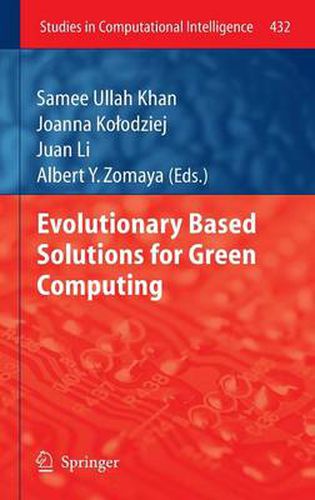Readings Newsletter
Become a Readings Member to make your shopping experience even easier.
Sign in or sign up for free!
You’re not far away from qualifying for FREE standard shipping within Australia
You’ve qualified for FREE standard shipping within Australia
The cart is loading…






This title is printed to order. This book may have been self-published. If so, we cannot guarantee the quality of the content. In the main most books will have gone through the editing process however some may not. We therefore suggest that you be aware of this before ordering this book. If in doubt check either the author or publisher’s details as we are unable to accept any returns unless they are faulty. Please contact us if you have any questions.
Today’s highly parameterized large-scale distributed computing systems may be composed of a large number of various components (computers, databases, etc) and must provide a wide range of services. The users of such systems, located at different (geographical or managerial) network cluster may have a limited access to the system’s services and resources, and different, often conflicting, expectations and requirements. Moreover, the information and data processed in such dynamic environments may be incomplete, imprecise, fragmentary, and overloading. All of the above mentioned issues require some intelligent scalable methodologies for the management of the whole complex structure, which unfortunately may increase the energy consumption of such systems. An optimal energy utilization has reached to a point that many information technology (IT) managers and corporate executives are all up in arms to identify scalable solution that can reduce electricity consumption (so that the total cost of operation is minimized) of their respective large-scale computing systems and simultaneously improve upon or maintain the current throughput of the system.
This book in its eight chapters, addresses the fundamental issues related to the energy usage and the optimal low-cost system design in high performance “"green computing” systems. The recent evolutionary and general metaheuristic-based solutions for energy optimization in data processing, scheduling, resource allocation, and communication in modern computational grids, could and network computing are presented along with several important conventional technologies to cover the hot topics from the fundamental theory of the “green computing” concept and to describe the basic architectures of systems. This book points out the potential application areas and provides detailed examples of application case studies in low-energy computational systems. The development trends and open research issues are also outlined. All of those technologies have formed the foundation for the green computing that we know of today.
$9.00 standard shipping within Australia
FREE standard shipping within Australia for orders over $100.00
Express & International shipping calculated at checkout
This title is printed to order. This book may have been self-published. If so, we cannot guarantee the quality of the content. In the main most books will have gone through the editing process however some may not. We therefore suggest that you be aware of this before ordering this book. If in doubt check either the author or publisher’s details as we are unable to accept any returns unless they are faulty. Please contact us if you have any questions.
Today’s highly parameterized large-scale distributed computing systems may be composed of a large number of various components (computers, databases, etc) and must provide a wide range of services. The users of such systems, located at different (geographical or managerial) network cluster may have a limited access to the system’s services and resources, and different, often conflicting, expectations and requirements. Moreover, the information and data processed in such dynamic environments may be incomplete, imprecise, fragmentary, and overloading. All of the above mentioned issues require some intelligent scalable methodologies for the management of the whole complex structure, which unfortunately may increase the energy consumption of such systems. An optimal energy utilization has reached to a point that many information technology (IT) managers and corporate executives are all up in arms to identify scalable solution that can reduce electricity consumption (so that the total cost of operation is minimized) of their respective large-scale computing systems and simultaneously improve upon or maintain the current throughput of the system.
This book in its eight chapters, addresses the fundamental issues related to the energy usage and the optimal low-cost system design in high performance “"green computing” systems. The recent evolutionary and general metaheuristic-based solutions for energy optimization in data processing, scheduling, resource allocation, and communication in modern computational grids, could and network computing are presented along with several important conventional technologies to cover the hot topics from the fundamental theory of the “green computing” concept and to describe the basic architectures of systems. This book points out the potential application areas and provides detailed examples of application case studies in low-energy computational systems. The development trends and open research issues are also outlined. All of those technologies have formed the foundation for the green computing that we know of today.